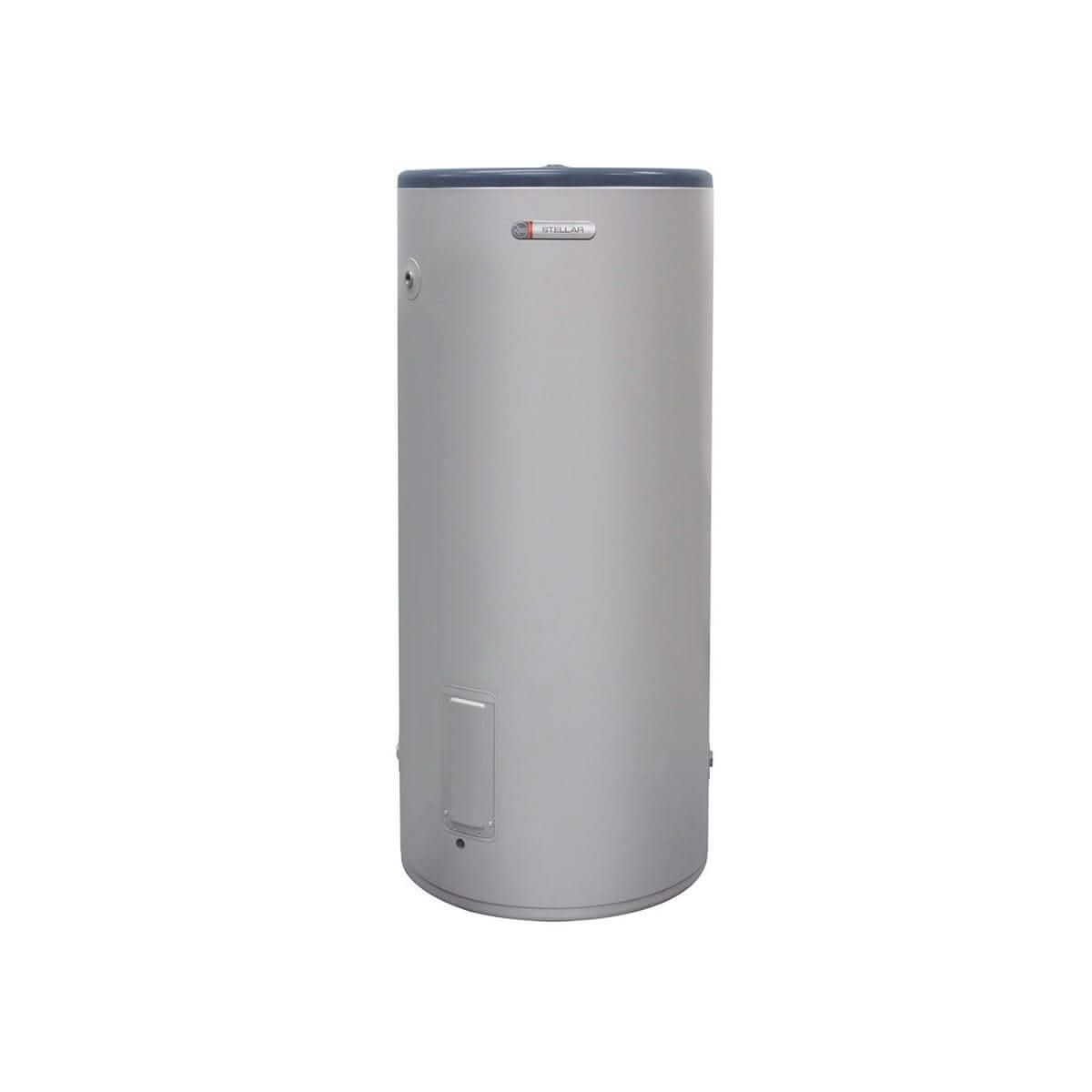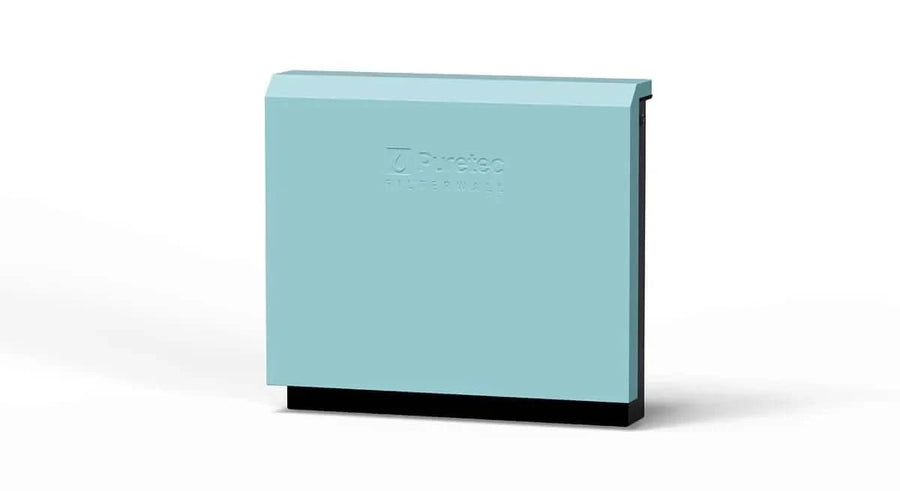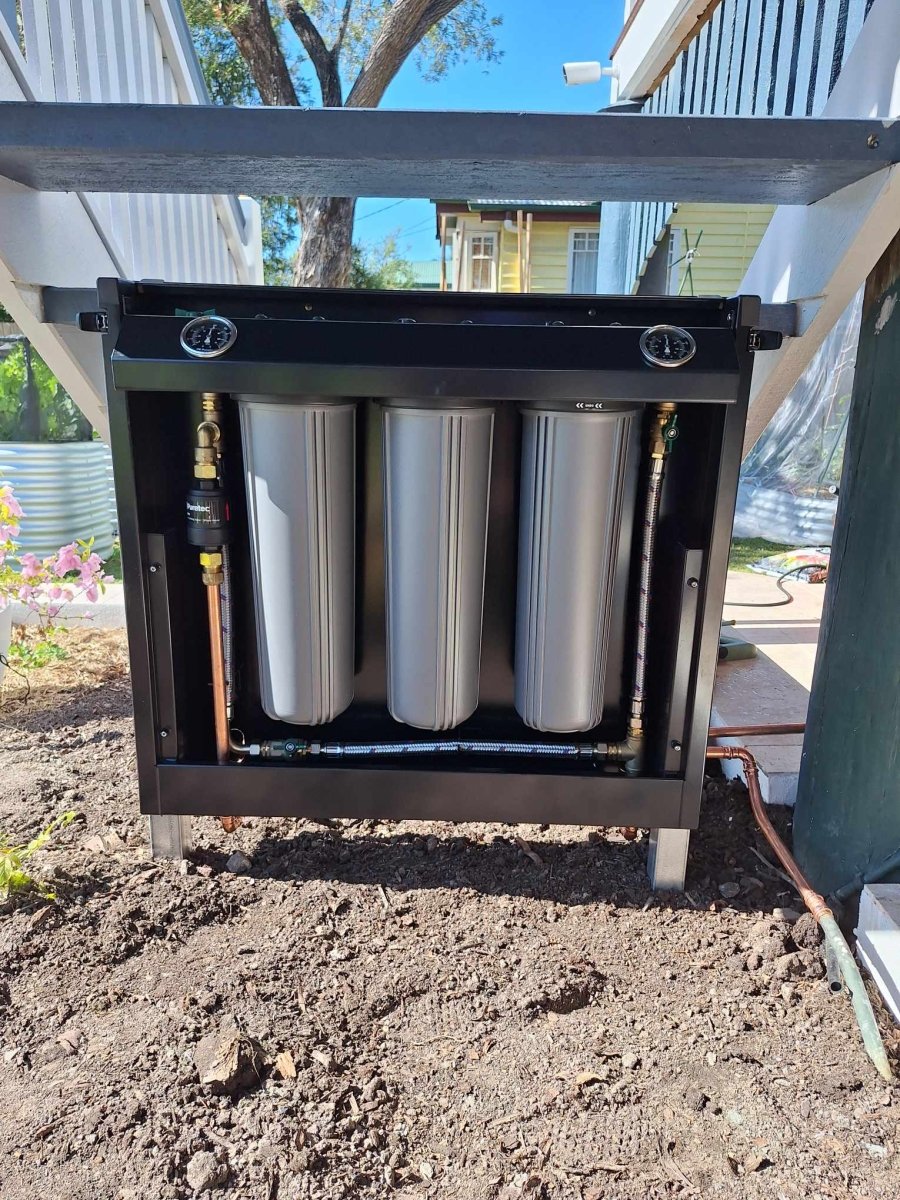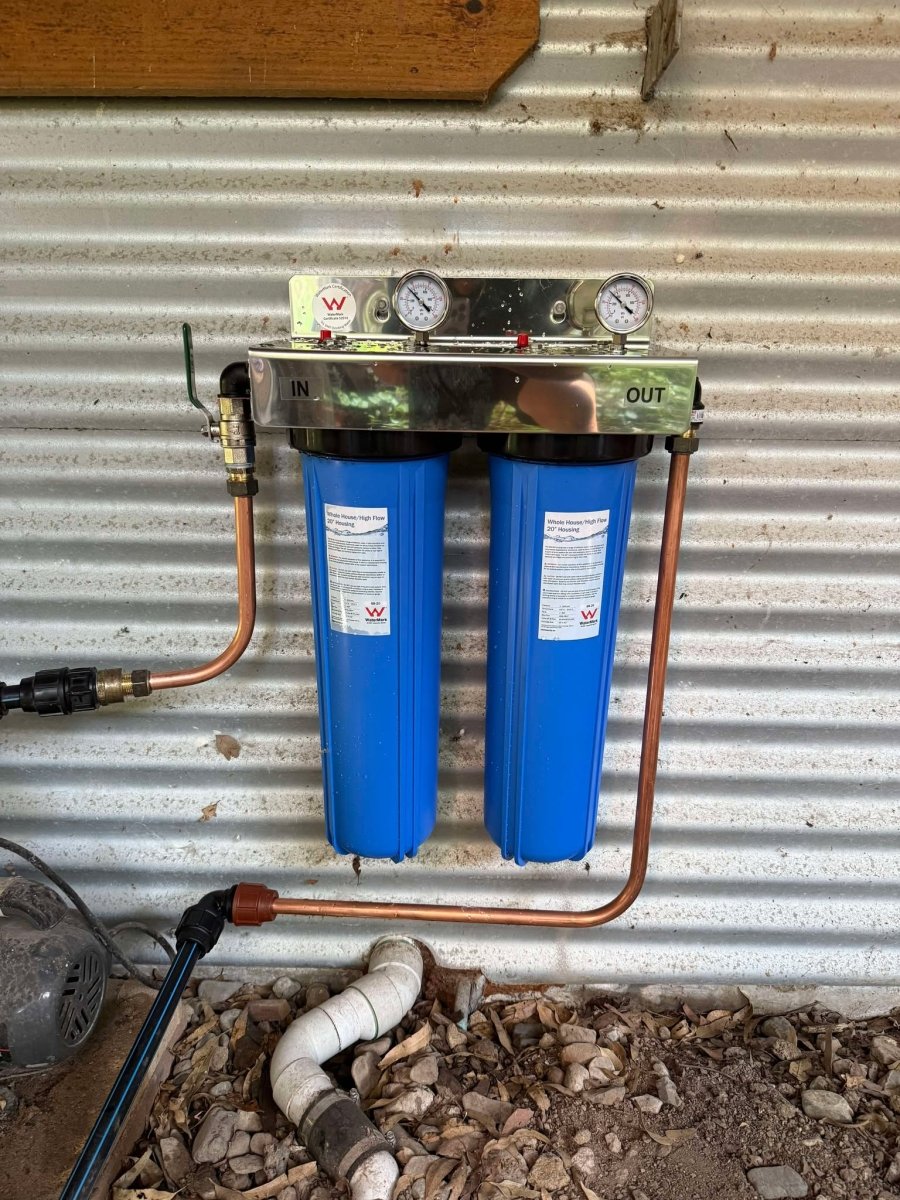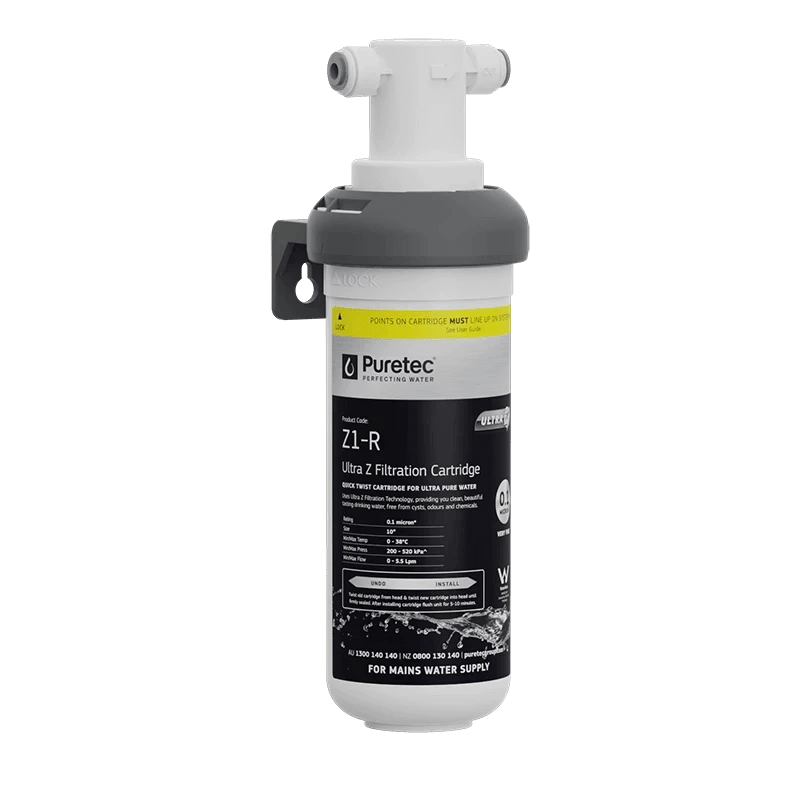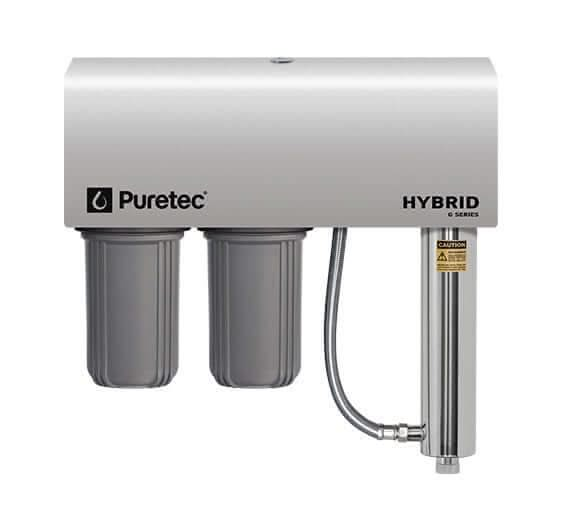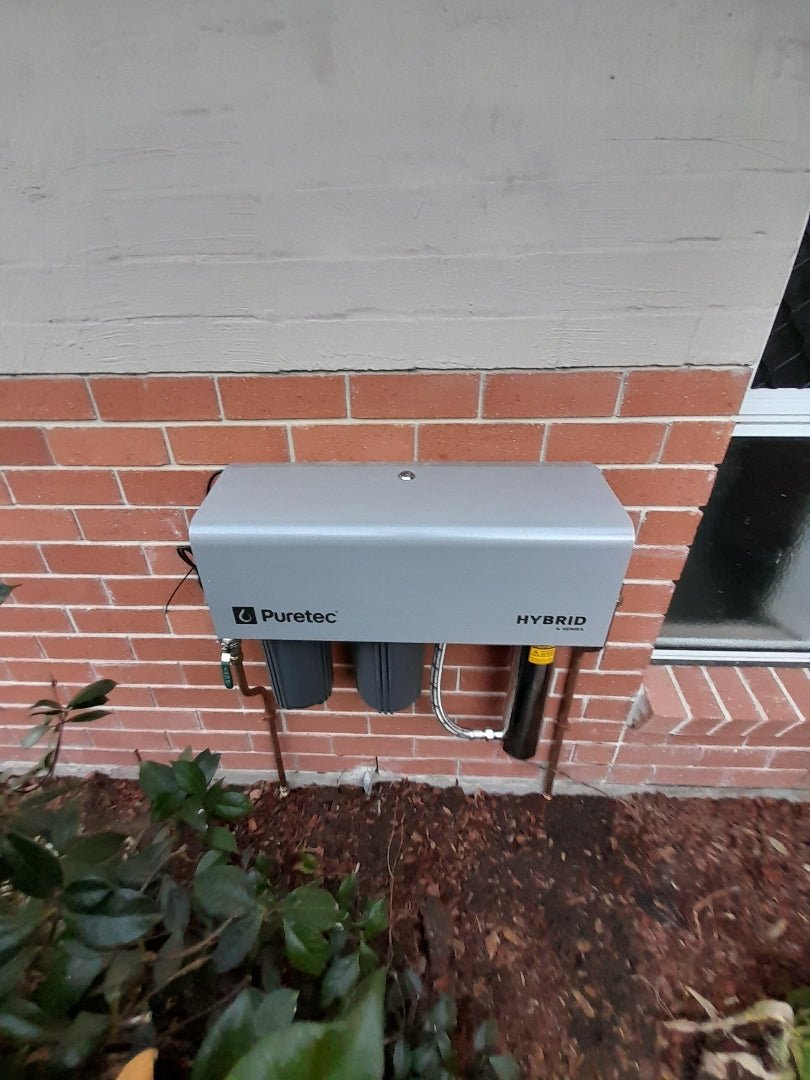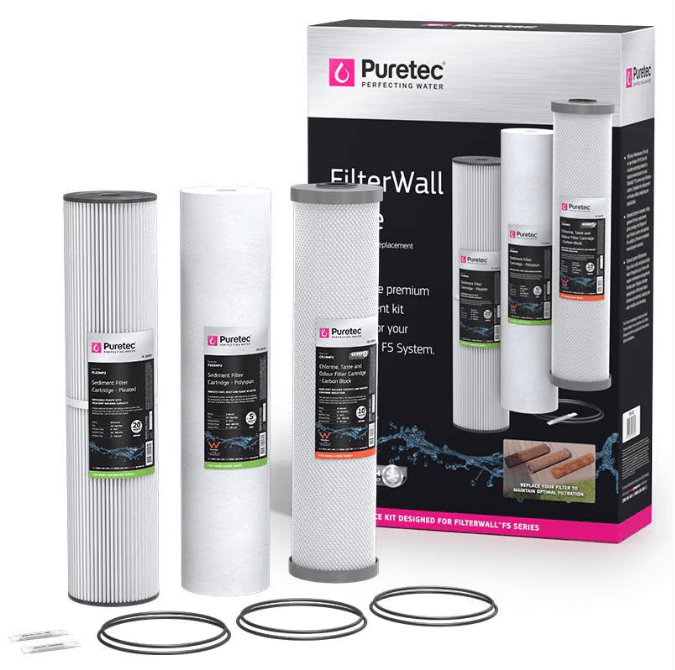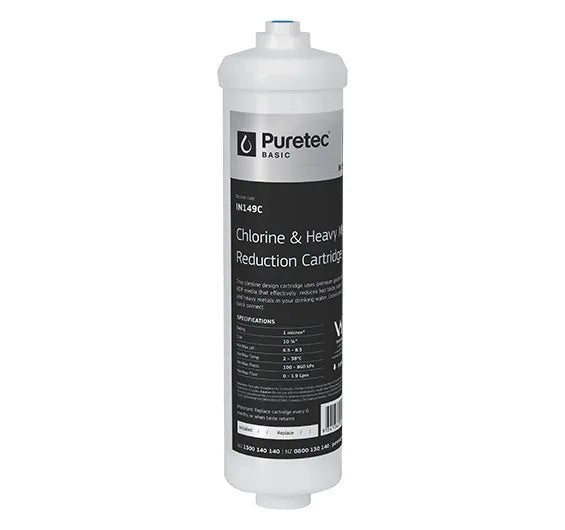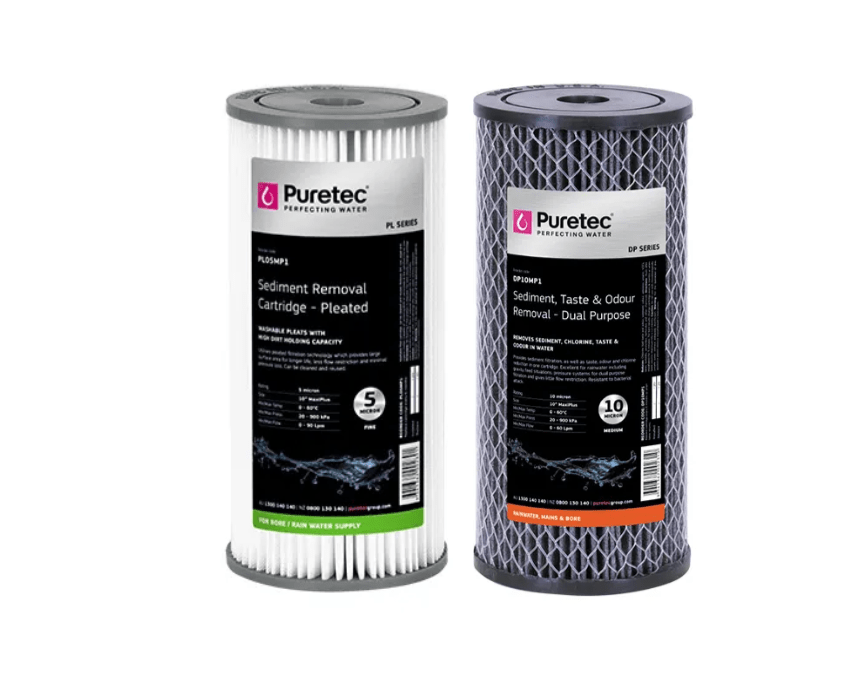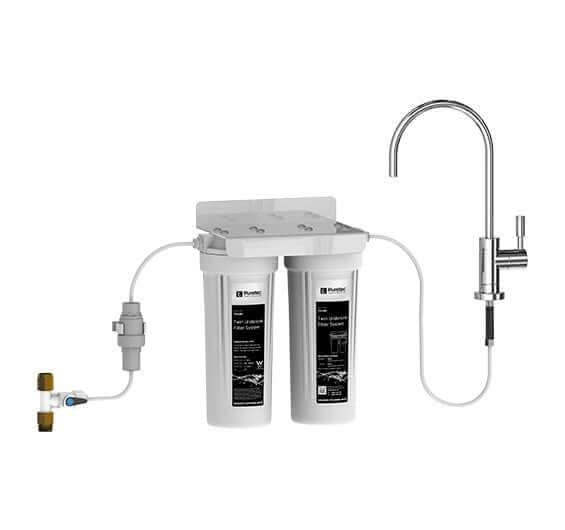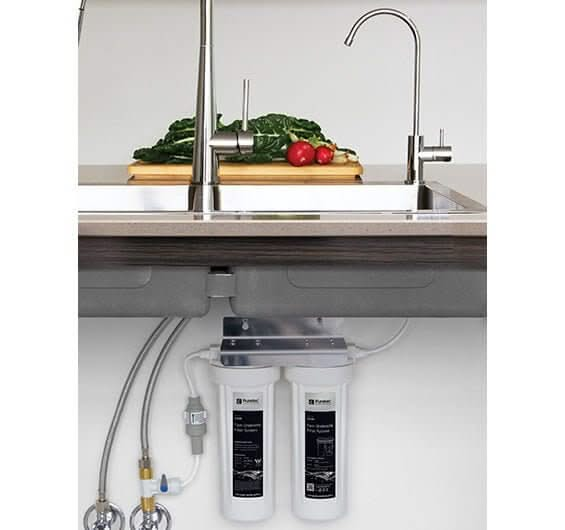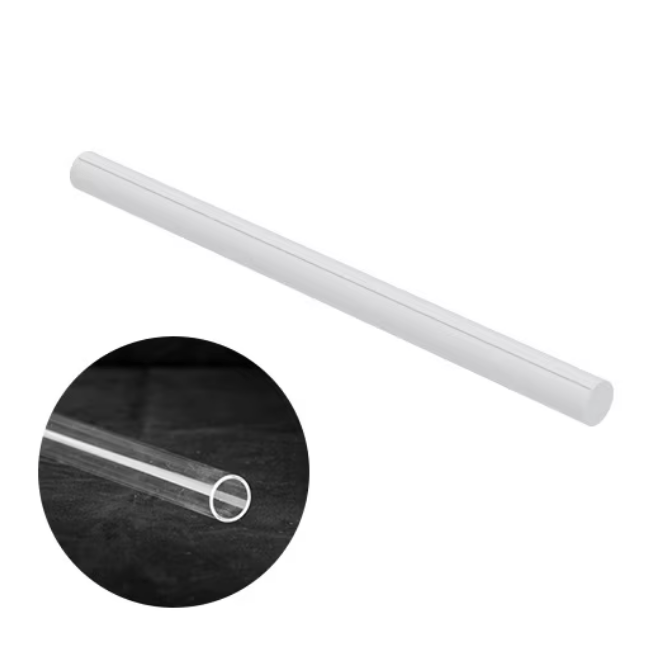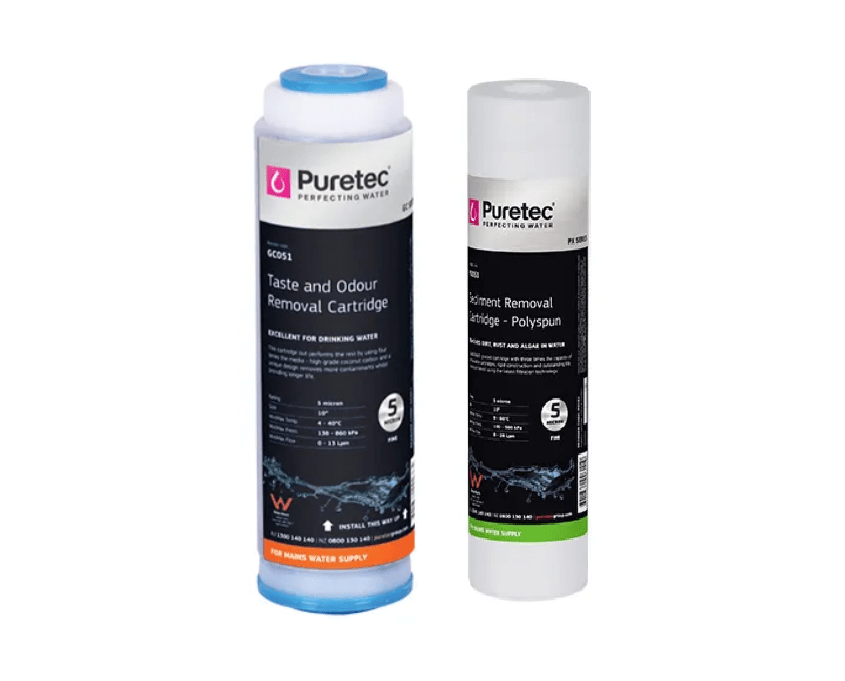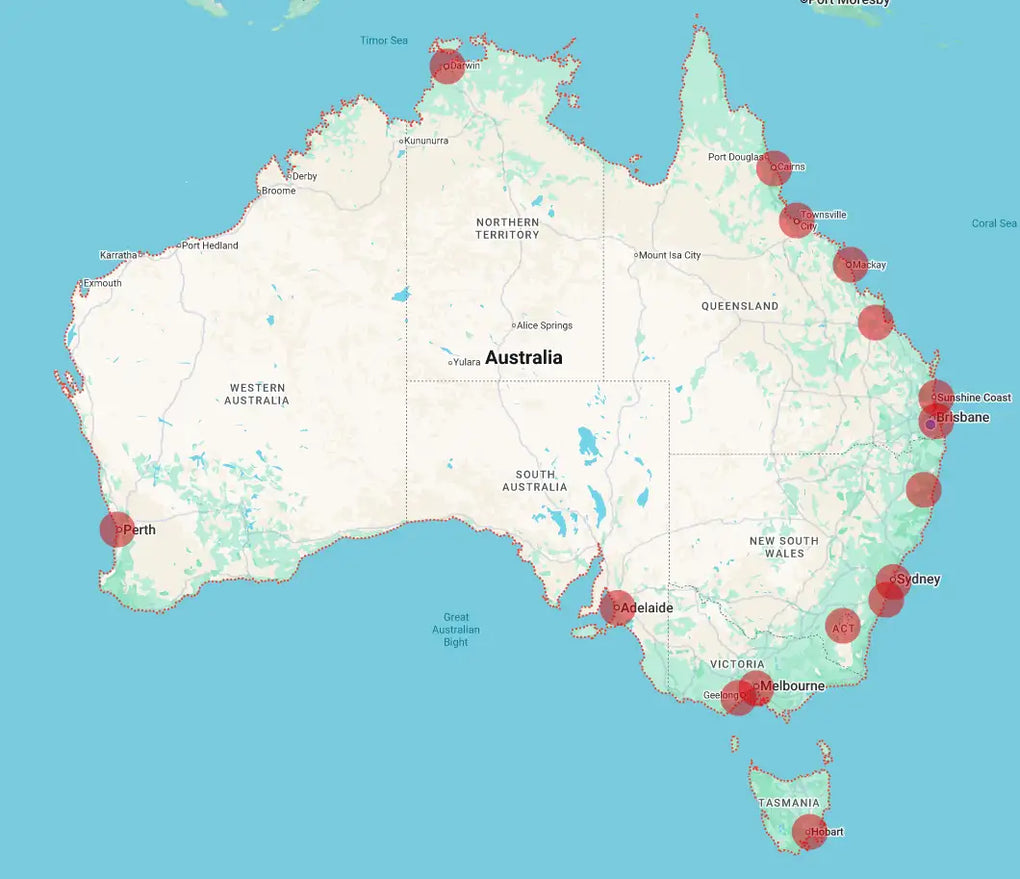Understanding Hard Water: Benefits, Drawbacks, and Treatment Solutions
Hard Water Treatment: Simple Solutions for a Better Home
What Is Hard Water and Why Should You Care?
Ever noticed white spots on your dishes, stiff clothes after washing, or a stubborn residue in your shower? That’s hard water in action! Hard water is packed with calcium and magnesium, which might sound great for your diet, but they’re not so kind to your home.
Bore water, often used in Australia, is another source of hard water due to its high mineral content, particularly calcium and magnesium.
These minerals build up over time, causing limescale, clogged pipes, inefficient appliances, and even dry skin and hair. While not harmful to drink, hard water can lead to annoying everyday issues—and fixing it can save you money, time, and effort.
Let’s break it down: how to test for hard water, how it affects your home, and—most importantly—how to fix it.
Do You Have Hard Water? Look for These Signs
Before jumping into solutions, let’s see if hard water is causing trouble in your home. Here are some telltale signs:
✅ White spots on glassware and dishes (even after washing!) ✅ Soap doesn’t lather well (you use way too much) ✅ Limescale buildup on faucets & showerheads✅ Stiff, rough-feeling laundry✅ Dry, itchy skin & dull hair✅ Reduced water pressure due to mineral buildup✅ Mineral deposits on glass surfaces✅ Higher energy bills (your water heater works overtime)
If you’re nodding along, you probably have hard water—but don’t worry, we’ll show you how to fix it!
Easy Ways to Test for Hard Water
Not sure how hard your water is? Here’s how to test it at home:
🧪 DIY Soap Test – Fill a bottle with tap water, add a few drops of liquid soap, and shake. If you get minimal bubbles and cloudy water, it’s hard water.
🎯 Test Strips – Available at hardware stores or online. Just dip, wait, and compare the color to the chart.
💧 Professional Water Testing – If you want exact numbers, a professional water test can measure hardness in ppm (parts per million) or grains per gallon (gpg).
Water Hardness Scale:
-
Soft Water → 0-60 mg/L
-
Moderately Hard Water → 61-120 mg/L
-
Hard Water → 121-180 mg/L
-
Very Hard Water → 180+ mg/L
The Problem with Hard Water: Why It’s More Than Just an Annoyance
1️⃣ Scale Buildup in Pipes & Appliances
Minerals in hard water stick to the inside of pipes and appliances, leading to:
🔴 Reduced water pressure. Scale buildup in a hot water heater can lead to higher energy bills and decreased efficiency.
🔴 Clogged pipes & costly plumbing repairs. Reduced water flow is another consequence of scale buildup in pipes.
🔴 Less efficient water heaters & dishwashers
🔴 Higher energy bills (scale buildup makes appliances work harder!)
2️⃣ Dry Skin, Dull Hair & Itchy Scalp
Hard water strips away natural oils, leaving skin dry and hair lifeless. Many people with eczema or sensitive skin find their symptoms worsen in areas with very hard water.
💡 Solution: A whole-home water softener or a showerhead filter can make a huge difference.
3️⃣ Soap Scum & Stains Everywhere
Hard water makes cleaning a never-ending battle. It:
❌ Leaves white streaks on glass & dishes
❌ Causes soap scum in showers & sinks
❌ Makes laundry feel rough & colors fade faster
💡 Solution: Water softeners help detergent work better, so you use less soap and get cleaner results.
Best Hard Water Treatment Solutions
🔹 1. Water Softeners (The Best Long-Term Fix!)
🔹 How It Works: Swaps out calcium & magnesium with sodium (ion exchange).
🔹 Why It’s Great: Completely eliminates hard water problems!
✅ Prevents scale buildup
✅ Extends the life of pipes & appliances
✅ Softens skin & hair
✅ Reduces soap & detergent use
🚨 Downside? Needs salt refills & occasional maintenance.
💡 Best for: Whole-home treatment & maximum benefits.
How Water Softeners Work
Water softeners are the unsung heroes in the battle against hard water. These devices work by removing dissolved minerals like calcium and magnesium, which are the culprits behind scale buildup in your pipes, appliances, and fixtures. This buildup can lead to reduced water pressure and decreased energy efficiency in your home.
So, how do water softeners work their magic? It all comes down to a process called ion exchange. Here’s a simple breakdown:
🔄 Ion Exchange Process:
-
Mineral Removal: Hard water enters a tank filled with resin beads. These beads are specially designed to attract and hold onto calcium and magnesium ions.
-
Sodium or Potassium Swap: As the hard water flows through the resin, the calcium and magnesium ions are swapped out for sodium or potassium ions.
-
Soft Water Distribution: The now-softened water, free of the troublesome minerals, is then distributed throughout your home.
This process not only prevents scale buildup but also helps maintain optimal water pressure and energy efficiency. With a water softener, you can say goodbye to the headaches caused by hard water and enjoy the benefits of soft water throughout your home.
🔹 2. Salt-Free Water Conditioners (Eco-Friendly Alternative)
🔹 How It Works: Doesn’t remove minerals but changes their structure so they don’t stick.
🔹 Why It’s Great: No salt, no maintenance, no waste water!
✅ Prevents scale buildup
✅ Keeps beneficial minerals
✅ Low maintenance & environmentally friendly
🚨 Downside? Won’t actually “soften” the water—just prevents scaling.
💡 Best for: Homes where mild hard water is an issue.
🔹 3. Reverse Osmosis (Best for Drinking Water)
🔹 How It Works: Filters out minerals, contaminants & impurities.
🔹 Why It’s Great: Super pure water!
✅ Removes 99% of impurities
✅ Improves taste & quality
✅ No need for salt or chemicals
🚨 Downside? Best for drinking water, not whole-house softening.
💡 Best for: Under-sink & kitchen water purification.
🔹 4. Magnetic Descalers (Low Maintenance Option)
🔹 How It Works: Uses magnetic fields to prevent scale buildup.
🔹 Why It’s Great: No salt, no filters, no hassle!
✅ Protects pipes & appliances
✅ Easy to install
✅ Minimal upkeep
🚨 Downside? Less effective in extremely hard water areas.
💡 Best for: Those who want an easy, no-maintenance fix.
Choosing the Right Hard Water Treatment System
Selecting the perfect hard water treatment system for your home can feel overwhelming, but it doesn’t have to be. By considering a few key factors, you can find a solution that fits your needs and budget. Here’s what to keep in mind:
-
Water Hardness: Start by determining the level of water hardness in your area. If you have very hard water, you’ll need a more robust system to effectively tackle the problem.
-
Plumbing System: Take a look at the age and condition of your plumbing system. Older pipes may require a treatment system that can handle the unique challenges they present.
-
Appliances: Think about the appliances you rely on, such as washing machines and hot water heaters. A water softener can extend the life of these appliances and improve their efficiency, saving you money in the long run.
-
Budget: Determine how much you’re willing to invest in a treatment system. Water softeners can range from a few hundred to several thousand dollars, so it’s important to find a solution that fits your financial situation.
-
Maintenance: Consider the maintenance requirements of each system. Some may need regular cleaning or part replacements, while others are more low-maintenance.
By weighing these factors, you can choose a hard water treatment system that meets your specific needs. The right system will provide the benefits of soft water, including improved energy efficiency, reduced mineral buildup, and longer-lasting appliances. Take the time to evaluate your options and make an informed decision for a better home.
The Benefits of Soft Water (Why You’ll Love It!)
Switching to soft water can completely change your daily routine:
💧 Softer Skin & Silkier Hair – No more dryness! 💧 Brighter, Softer Laundry – Clothes last longer. 💧 Cleaner Dishes & Surfaces – No more white spots! 💧 Better Appliance Efficiency – Water heater, washing machine, & dishwasher work like new. 💧 Lower Energy Bills – No scale buildup = less wasted energy.
Final Thoughts: Find the Best Hard Water Treatment for Your Home
If you’re tired of limescale, rough laundry, and dull hair, fixing your hard water is a game-changer.
💦 Best for Whole-Home Treatment? → Water Softeners
💦 Best Eco-Friendly Option? → Salt-Free Conditioners
💦 Best for Drinking Water? → Reverse Osmosis Systems
💦 Best Low-Maintenance Fix? → Magnetic Descalers
👉 Take action today & enjoy cleaner, softer water!



